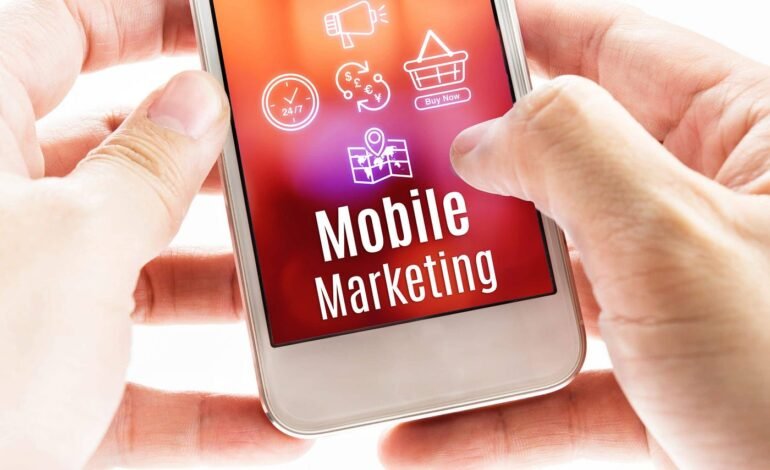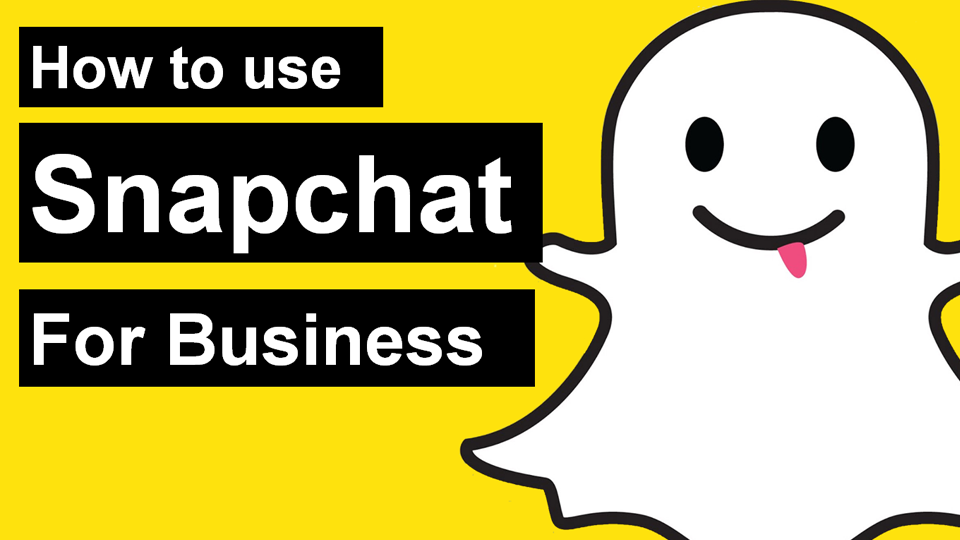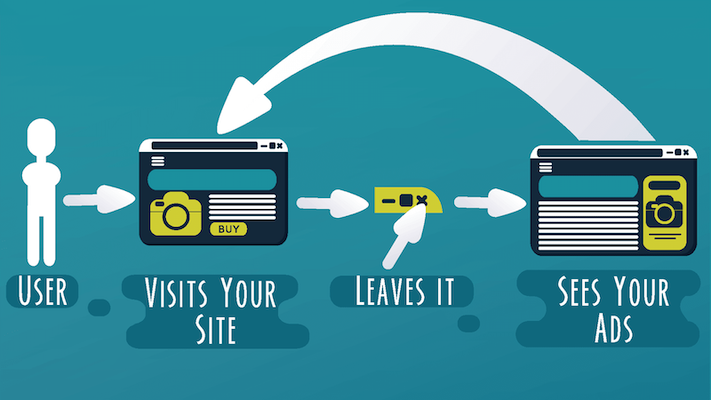What is Mobile Marketing?

You no longer have an excuse: if mobile is not the center of your digital marketing strategy, you have to renew or die.
Since Google confirmed in 2015 that mobile traffic had surpassed desktop traffic for the first time, these devices have become an increasingly essential part of our daily lives.
The mobile app market has already reached its maturity, and users are ready for mobile marketing. So that you can join this trend and boost your brand, today I want to tell you what mobile marketing is, what tools it uses, and how you can use it to get more conversions.
What is mobile marketing?
Mobile marketing consists of a set of techniques and formats to promote products and services, which use mobile devices as a communication tool.
Its great differentiation is that it manages to open a personal channel between the advertiser and its audience, as it offers great possibilities for personalization.
In recent years, the popularization of smartphones has changed the way we access information and, with it, our consumption habits. Thanks to this, a new way of understanding marketing has emerged, to the point that many authors consider mobile advertising to be a paradigm shift and not just an update.
Just a few short years ago, mobile marketing was seen as a complement to other digital marketing strategies designed for desktops. But today, this trend has been reversed, and mobile is king.
To better understand its importance, just take a look at this data on the importance of mobile advertising, according to IAB Spain:
- 94% of the Spanish Internet user population between 16 and 65 years old has a mobile phone, and of these, 97% have smartphones. This represents a market of 21.5 million people.
- The average daily connection time is 2 hours and 34 minutes for smartphones and 1 hour and 19 minutes for tablets.
- On average, mobile users download 2 apps per month, have 17.8 installed, and regularly use 9.1.
- One in three mobile users frequently use it as a “second screen” in combination with television.
- 9 out of 10 smartphone users have used it at some point in the purchase process (especially those between 16 and 45 years old).
- 4 out of 10 have used mobile commerce.
- The main obstacles to buying mobile phones are preferring a larger screen (61%) or a lack of confidence (33%).
The main tools of mobile marketing
Let’s take a look at the top mobile advertising tools and some recommendations for integrating them into your strategy.
1# Mobile Searches
Mobile search results are different from desktop, and Google has already announced its intention to make the mobile index the top index soon. Therefore, it is essential to implement a specific mobile SEO strategy.
When optimizing your website for mobile, I recommend that you take into account the following tips:
- The mobile user does not read as much as the one who searches from a desktop browser, so remember the saying: the good, if brief, is twice as good.
- Our patience is also more limited when it comes to mobile usage, so make sure you get good loading times.
- And of course, prioritize responsive design and usability. The size of the buttons is very important.
2# Mobile Ads
Traditional banners are causing more and more rejection, and mobile phones are no strangers to the rise of ad blockers. Therefore, it is imperative to use less intrusive formats and provide a better experience, such as interactive ads, animated banners, and videos.
3# Mobile Apps
Mobile phone users have already fully integrated apps into their lives, as the data from the previous point shows. A branded app, therefore, can be a fantastic investment to increase engagement and improve the user experience. Of course, always make sure that it is accompanied by an app marketing strategy that is as complete as possible. Design is only half the job.
4# Coupons
Discount coupons are one of the “traditional” marketing strategies, but thanks to mobile phones, they have been completely revolutionized.
Now, discounts accompany users in their pockets, increasing the chances of conversion. We also have the possibility of sending personalized offers with the help of the user’s location and other data, which increases their relevance. And if you want to give them the ultimate twist, ephemeral coupons with Snapchat-like apps are great for tapping into a sense of urgency.
5# Email marketing
One of the main functions for which users use their mobiles is to look at email. Thanks to this, techniques based on email marketing are more fashionable than ever. Of course, if you decide to use them, don’t forget about responsive templates.
6# Geolocation
Geolocation is one of those aspects in which mobile marketing has completely revolutionized the way we understand advertising. We can now offer users offers and promotions depending on the physical context in which they are.
On the other hand, location-based mobile platforms offer users the possibility of sharing content associated with a space. The latest digital outdoor advertising formats also open the door to new ways to encourage interaction.
7# Text and multimedia messages
Text messages were the first tool used in mobile marketing, but they are still present and effective in getting promotions and information to your users, so don’t forget about them.
10 Tricks to Convert More with Your Mobile Marketing Campaigns
- Responsive, responsive, responsive. I’ve already said it, but I think it’s worth repeating: a responsive design is essential to succeed in your marketing campaigns. Remember that you will not only have to adapt your website, but also the rest of your promotional materials.
- Improve the navigability of your site. If you want to increase your conversion rate, the user experience on your site is key. And for this, my recommendation is that you prioritize navigability. Details as simple as including a fully navigable menu and footer can make the difference between a purchase and a frustrated user leaving the page. And of course, call-to-action buttons and links should be fully mobile-friendly.
- Create your app. And when designing it, ask yourself why users should download it… and still use it six months later.
- Don’t forget about desktops. It may seem counterintuitive after everything I’ve told you in this article, but “usual” computers still have their place in marketing plans. These devices are still widely used for pre-purchase research and when users want to review content in depth.
- Tailor your content to the preferences of mobile users. When we’re out and about, our needs when it comes to searching for content are different. We may not stop to read 3000 words, but we need quick solutions. In addition, of course, we have limited screen space. So, cut to the chase and use short titles.
- Register your location on Google My Business. If you want people to visit your store, you’ll need to show up when they search for you. And for that, you need your business to be on the map. This is a very simple process and will immediately improve your traffic from search engines.
- Add a personal touch. In a world full of content, users need to know that you think about them. A few quick tricks to get closer to your audience: identify each customer’s particular needs, use images and videos, use storytelling, and create characters for your brand.
- Include social media in your strategy. Today, most social interactions occur on mobile devices. What’s more, mobile-only social networks such as Instagram or Snapchat are taking users by storm. So you have no excuse not to forget about them in your mobile marketing.
- Combine different channels in your campaigns. You don’t have to limit yourself to just one tool, as they can all be complementary. It’s about reaching each user in their favorite way and offering an integrated experience, without overwhelming. So when planning your campaigns, think about different mobile mediums to connect with users.
- Track results in real-time. Nowadays, you have a lot of metrics and analytics systems at your fingertips, so use them! And if you really want to optimize your campaigns, use A/B testing.










